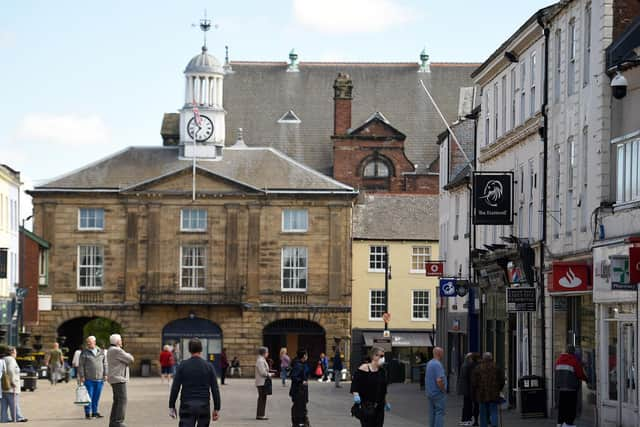This is how many people in the Wakefield district walk to work
and live on Freeview channel 276
As people head back to work, the Government announced emergency funding and measures to make roads more cyclist and pedestrian-friendly, with plans for pop-up cycle lanes and use of bike repair vouchers.
New Office for National Statistics figures show just seven per cent of people in the district walked to work in the three months to December.
Advertisement
Hide AdAdvertisement
Hide AdThat came from a survey of employment circumstances across the UK, which shows Wakefield district had one of the lowest proportions of pedestrian commuters across 309 authorities.


The vast majority of people travelled to work by car or van – 81 per cent of those surveyed.
But the ONS advises the survey’s results may have come from a small sample.
Transport secretary Grant Shapps announced a £250 million emergency package for England to boost cycling and walking, warning public transport will only cope with 10 per cent of usual numbers, with social distancing in place.
Advertisement
Hide AdAdvertisement
Hide AdGuidance published by the Department for Transport told councils they must reallocate road space for increased numbers of cyclists and pedestrians.
Nine organisations, including Greenpeace and the Transport Action Network, have lobbied the government and local authorities for more action to promote walking and cycling.
The Local Government Association said local councils must have “long-term certainty” around funding.